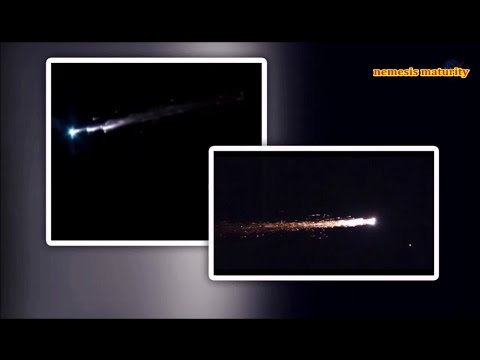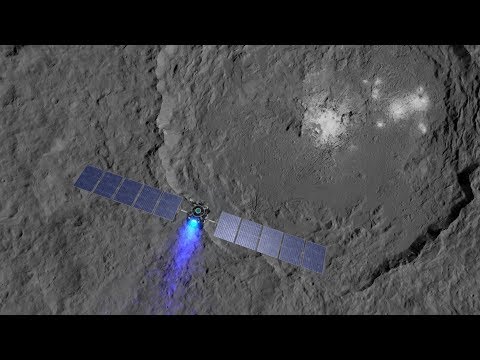Exploring the Unknown: The Secrets of Celestial Bodies Revealed
The vast expanse of the universe has always captivated the human imagination. From the twinkling of stars in the night sky to the mysterious black holes that lurk in the depths of space, celestial bodies have long fascinated scientists and laypeople alike. Over the years, advancements in technology and space exploration have allowed us to uncover the secrets of these enigmatic entities, shedding light on the mysteries of the cosmos.
One of the most significant revelations in recent years has been the discovery of exoplanets – planets that orbit stars outside of our solar system. These distant worlds come in all shapes and sizes, from rocky, Earth-like planets to gas giants many times the size of Jupiter. By observing the orbits and compositions of these exoplanets, scientists have been able to better understand the formation and evolution of planetary systems, as well as the potential for life beyond our own planet.
Another recent breakthrough in celestial exploration has been the observation of gravitational waves – ripples in the fabric of spacetime caused by the movement of massive objects in the universe. These waves were first predicted by Albert Einstein over a century ago, but it wasn’t until 2015 that they were finally detected by the Laser Interferometer Gravitational-Wave Observatory (LIGO). Since then, scientists have used these waves to study phenomena such as black hole mergers and neutron star collisions, providing unprecedented insights into the nature of gravity and the structure of the universe.
In addition to exoplanets and gravitational waves, astronomers have also made significant progress in understanding the composition and behavior of other celestial bodies, such as asteroids, comets, and moons. Missions like NASA’s OSIRIS-REx and the European Space Agency’s Rosetta have allowed us to study these objects up close, providing valuable data on their origins and potential impact on Earth.
As we continue to explore the unknown reaches of the cosmos, the secrets of celestial bodies are being revealed at an unprecedented pace. Whether it’s the discovery of new exoplanets, the detection of gravitational waves, or the study of asteroids and comets, each new revelation brings us closer to unlocking the mysteries of the universe. By pushing the boundaries of technology and expanding our knowledge of the cosmos, we are on the brink of a new era of discovery that promises to revolutionize our understanding of the world beyond our own.













